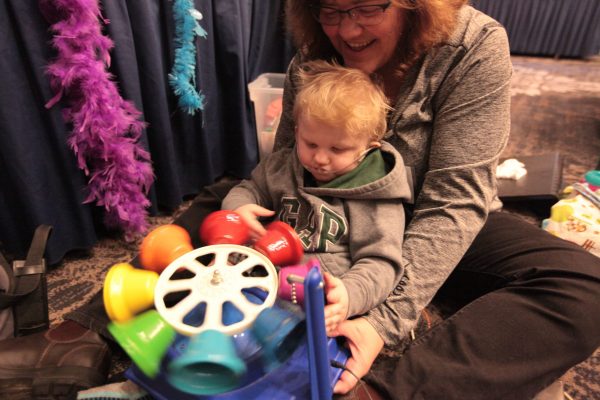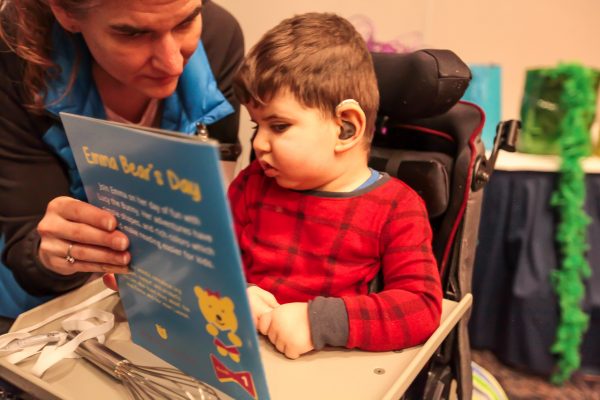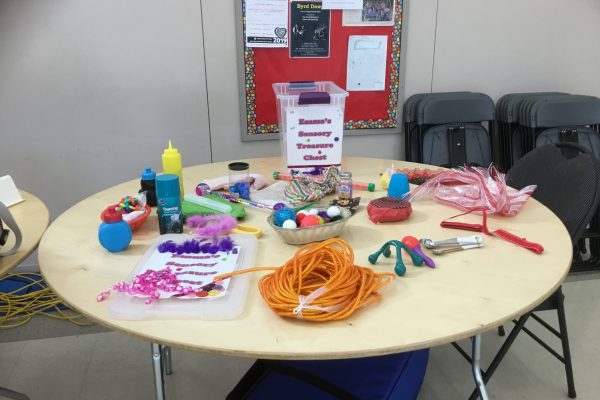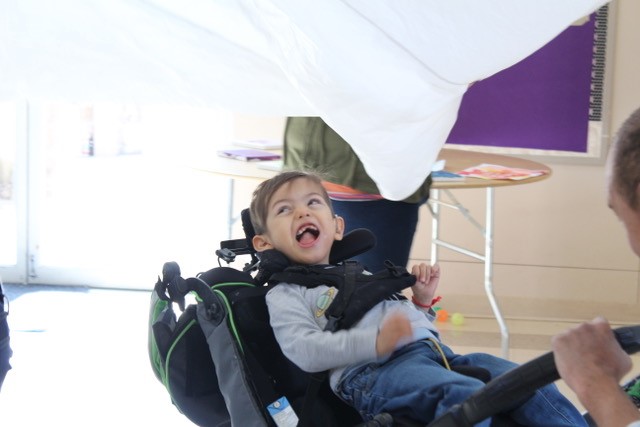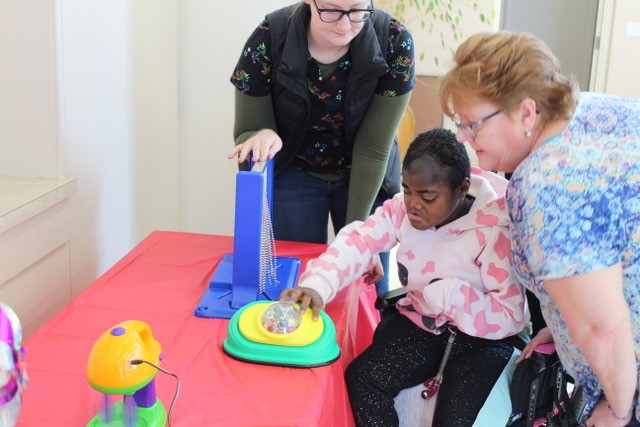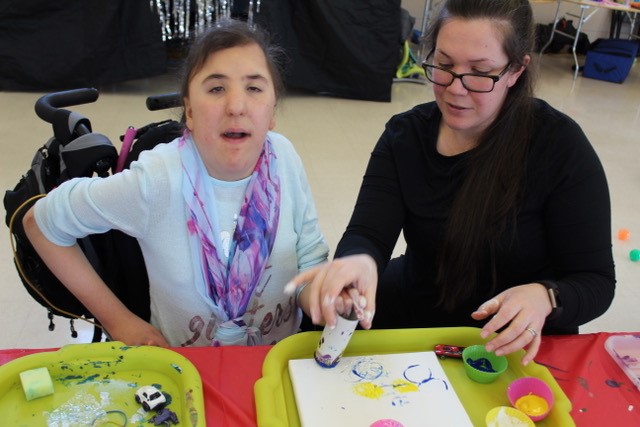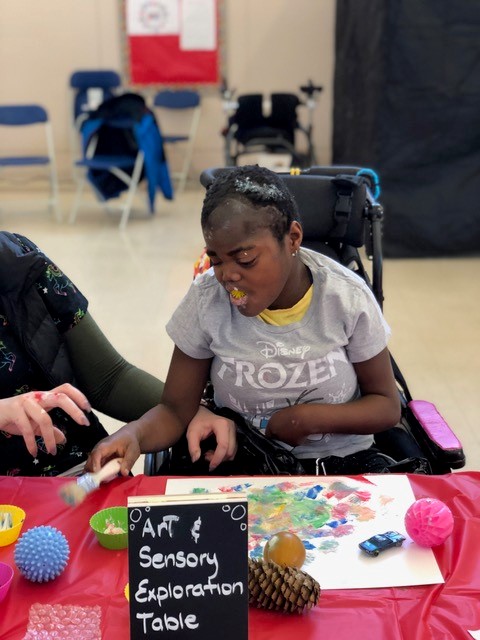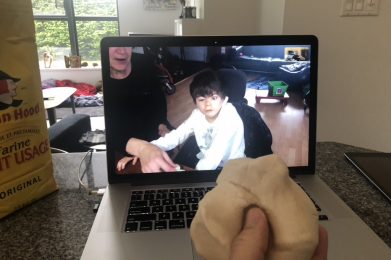
Intervention Program
Children and youth with deafblindness, ages 2 -19 years, are supported to interact within their home and community environments during the spring, summer and winter school breaks. We provide funding for the family to hire an Intervenor to work with their child.
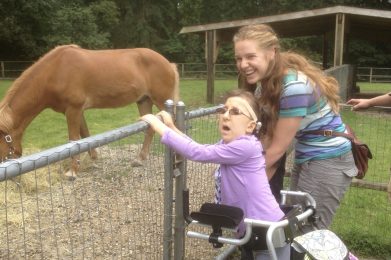
Summer Recreation Program
Provides opportunities during the summer months for our members to explore new activities and venues and to develop social relationships with other individuals who are deafblind. This program is available to all members.
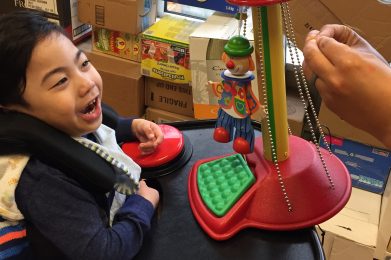
Early Intervention Program
Through direct family service, families and their teams are introduced to the unique world of deafblindness, while learning communication methods and deafblind intervention skills that support the child’s development during the early years.
